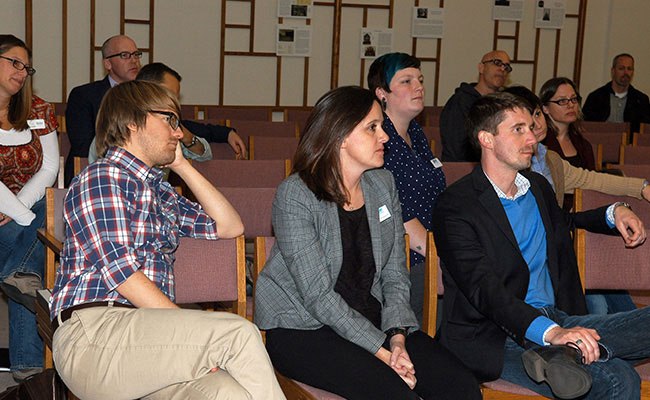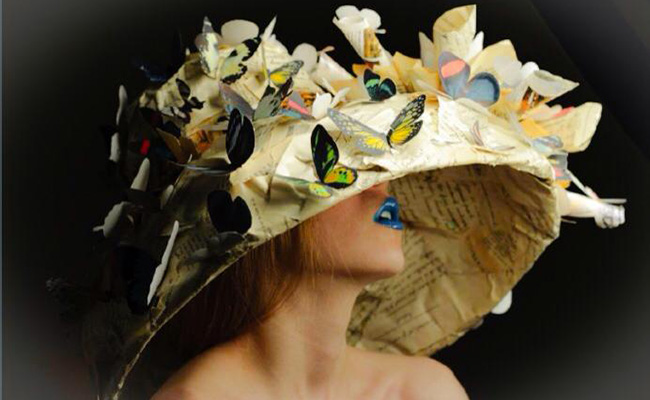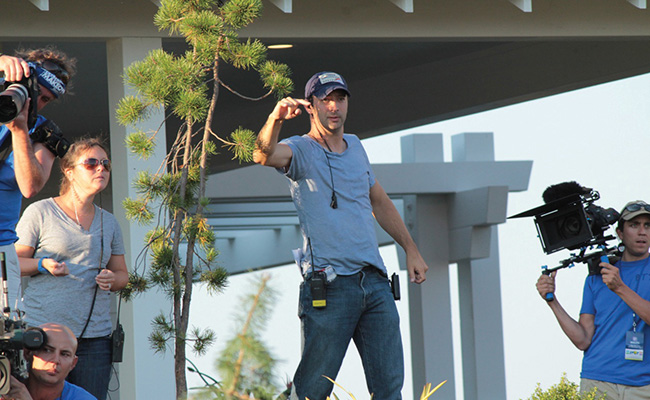Marriage equality victories in Illinois, Hawaii, encourage efforts in Colorado

When the Illinois House of Representatives passed the Religious Freedom–Marriage act Nov. 5, the last major obstacle in Illinois’ activists long legislative battle for equality was overcome. Gov. Pat Quinn, a Democrat, has at press time already pledged to sign the bill and was expected to sign it Nov. 20, which will allow same-sex couples to marry in June 2014 — Illinois will likely be the sixteenth to enact full equality.
The likely fifteenth state with marriage equality hadn’t yet passed its bill, but on Nov. 8 the Hawaii House of Representatives passed the Marriage Equality Act, 30-19, and Gov. Neil Abercrombie signed it into law on Nov. 13.
It was Hawaii’s Supreme Court that was the first to rule in favor of marriage equality two decades ago in 1993, when the court decided denying same-sex couples the right to marry violated the state’s equal protection clause — that effort was blocked when the legislature passed a state constitutional amendment banning same-sex marriage.
Twenty years later, there has been a wave of same-sex marriage victories in other states — in 2013 alone and preceding Illinois and Hawaii, lawmakers in Minnesota, Delaware, and Rhode Island passed marriage equality equality initiatives, bringing the year’s tally to 5, while a September New Jersey court ruling also brought marriage equality to the Garden State.
Jon Monteith, communications director at statewide LGBT advocacy organization One Colorado, said those victories provide helpful information for achieving the same in Colorado.
“Looking into other states that have recently been successful in securing the freedom to marry, there are a lot of lessons to be learned — what worked and what could be improved upon or expanded on in a [marriage] campaign here in Colorado,” he said.
Monteith said a continuing platform for discourse is an essential component.
“We’ve seen in every state that once a person actually talks to an LGBT individual in their life about why marriage really matters, that they are far more likely to support the freedom to marry,” he said. “And so it goes to show how critical it is to educate the public.”
A Pew Research Center poll in May revealed that a majority of Americans now support allowing same-sex couples to marry, and 37 percent of respondents who said their views have changed said it was through having a lesbian or gay friend, family member or acquaintance.
One Colorado launched the statewide Pathway to Marriage Road Show Sept. 19, beginning in Grand Junction and continuing weekly through a planned total of 18 Colorado cities and towns.
“It’s been great,” said Daniel Ramos, One Colorado’s Director of Organizing and Alliance Building. “From Sterling to Steamboat Springs to Durango to La Junta — every corner of the state — we’re seeing people really excited to begin having the discussion about why marriage matters and why civil unions are not marriage.”
Polling firm Public Policy Polling released an April poll finding that 51 percent of Coloradans support the freedom to marry and 43 percent oppose it, and an overwhelming 73 percent of voters younger support full marriage equality.
Though the data is encouraging to LGBT advocates, One Colorado cautions that there are several unique challenges facing the Colorado LGBT community.
“I think that the momentum here also needs to be balanced with the current political reality, which is that in Colorado — unlike Illinois and Hawaii — we have to deal with a state ban that does not make it a viable option to get marriage equality through the state legislature,” Monteith said.
Although Hawaiian voters approved a state amendment in 1998 that gave lawmakers the power to ban same-sex marriage, Colorado’s Amendment 46, approved by voters in 2006, goes a step further by banning same-sex marriage on its own.
LGBT advocates are closely following developments in Oregon, where voters adopted a constitutional amendment to ban same-sex marriage in 2004. Oregon United for Marriage, a pro-LGBT group, recently launched a drive to gather the 116,284 signatures necessary to add a marriage equality measure to the state’s 2014 ballot that would recognize the freedom to marry.
Colorado voters have weighed in on LGBT more than once — and regardless of polling, they’ve sided against it at the ballot box. “One of the things we’re seeing is a lot of these couples who have been together for decades, they have seen their rights voted on in this state not just one time, but two times,” Monteith said.
Colorado voters also rejected Referendum I, which would have granted same-sex domestic partnerships, in 2006, and in 1992 the voters infamously approved Amendment 2 rescinding LGBT anti-discrimination laws before the amendment was eventually struck down by the U.S. Supreme Court.
“When you’ve been through that painful experience twice, you want to be sure we get this right,” Monteith said. “We have more than 30,000 supporters statewide, representing every county in Colorado — we have an obligation to get this right.”
Ramos noted Colorado’s varying electoral landscape — “Colorado is a very large state with urban areas and a lot of rural communities,” he said. “So we should be thinking about how to make sure it’s safe for LGBT Coloradans living in those rural communities to be in the local paper or on television.”
To help overcome these obstacles, Monteith reiterated the importance of coalitions between local organizations and national groups such as the Freedom to Marry and the Human Rights Campaign.
“Historically the Human Rights Campaign has been a strong supporter,” said Hank Provost, Chairman of HRC Colorado, “providing resources to drive marriage initiatives, and HRC would certainly want to be involved in any initiative here in Colorado as it’s needed.”
Ramos said, “We’re doing this early work to really inform and build a successful statewide campaign — over the next couple months, we’ll be rolling out what our next steps are. It’s a going to be a really exciting time for LGBT Coloradans.”
What's Your Reaction?
Greetings. I’m Mike. People call me Mike. I’m just a gay guy trying to be creative before I’m kicked off this spinning, planet-sized spaceship hurdling through the void of space. Writing and photography are the creative outlets I spill my brain into when mental monsters start clawing at the back of my eyes. I only hope these articles provide readers with a few insights I’ve carefully gathered in cupped hands, cracked hands that have dueled for decades with these nebulous shadows that haunt so many lives. Plus, writing is a great way to pass the time on this planet-sized spaceship hurdling through the void of space.










